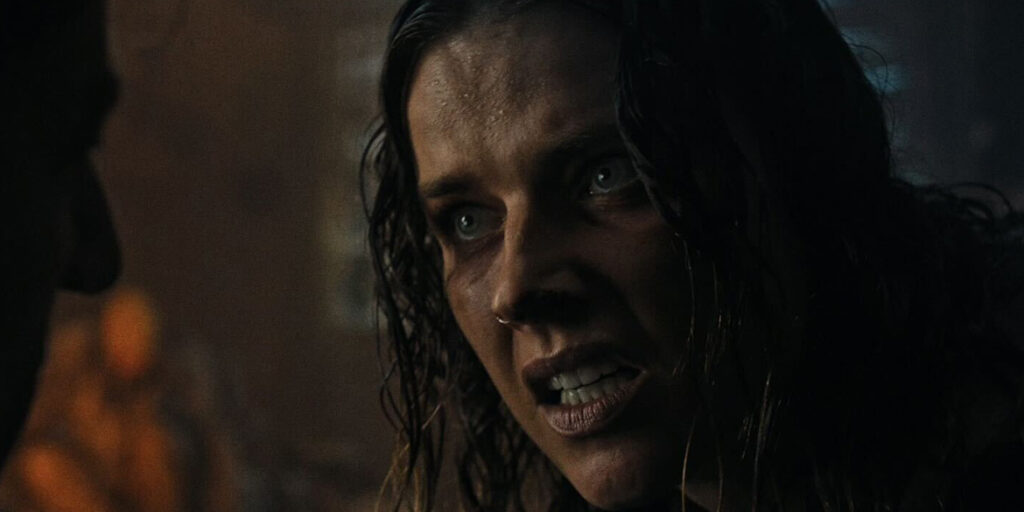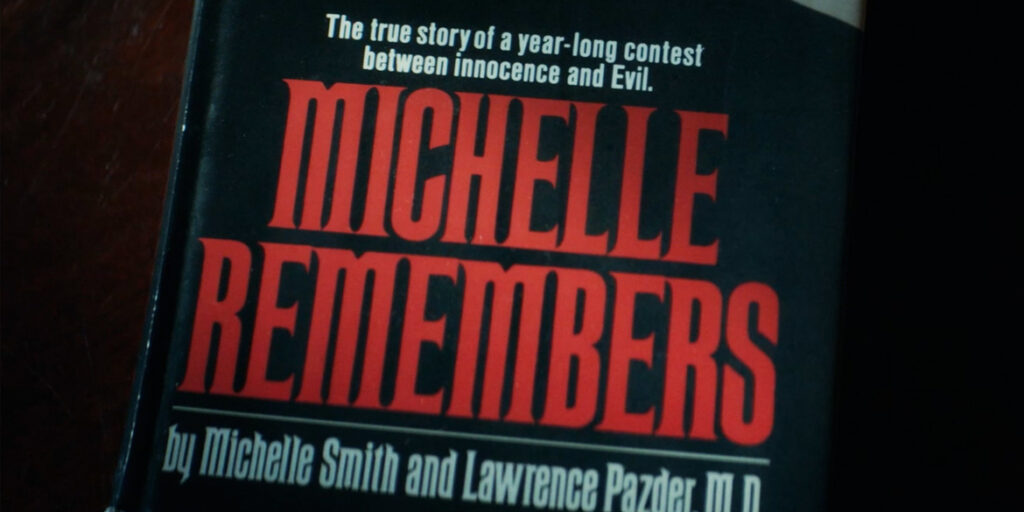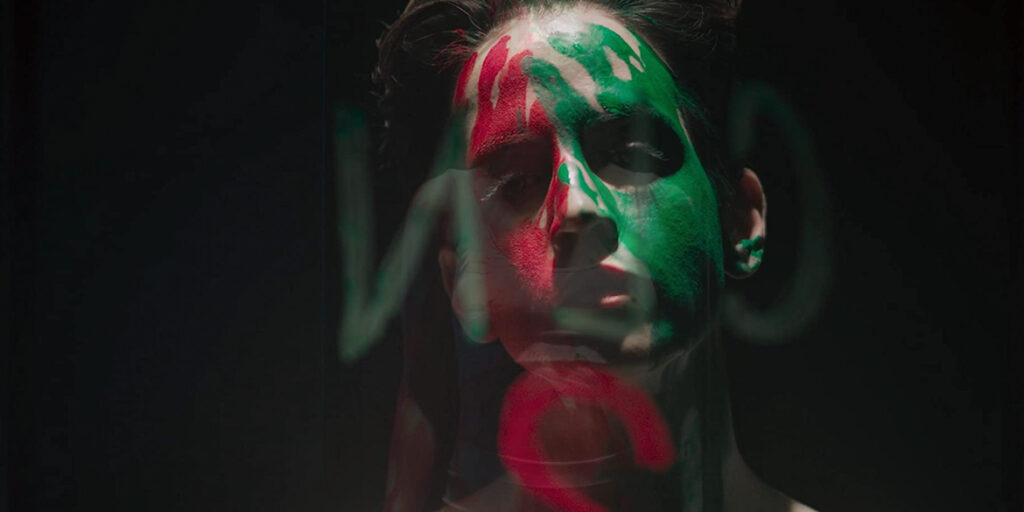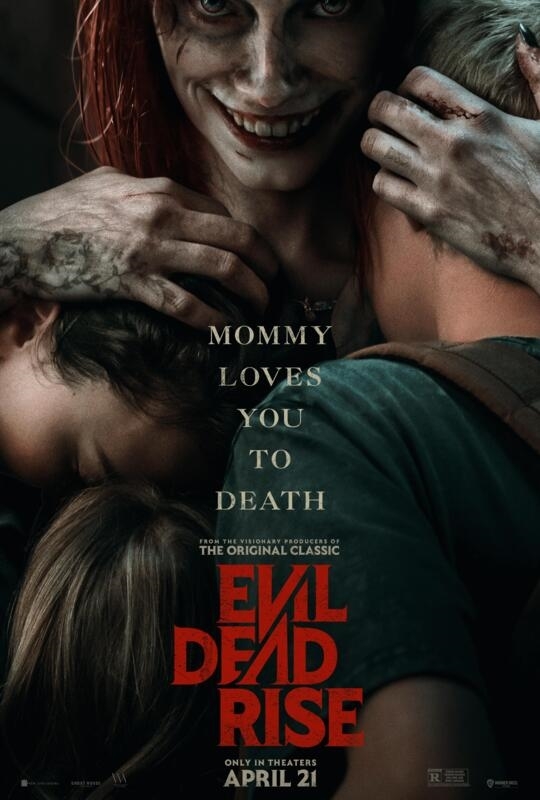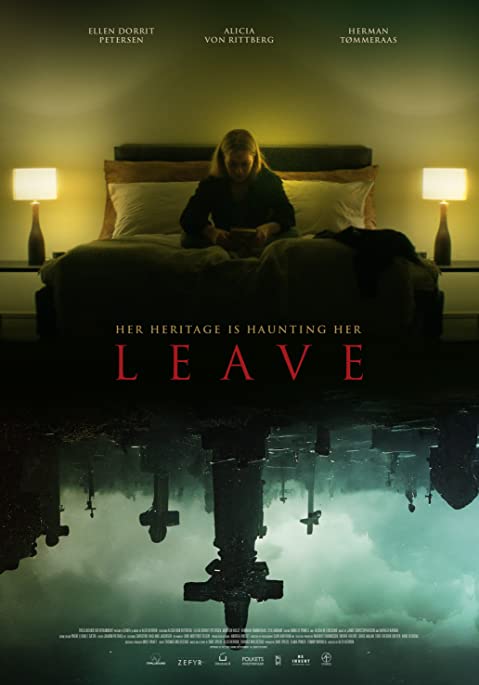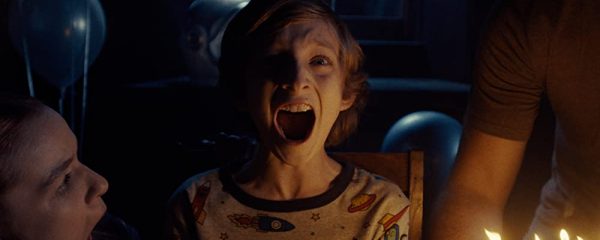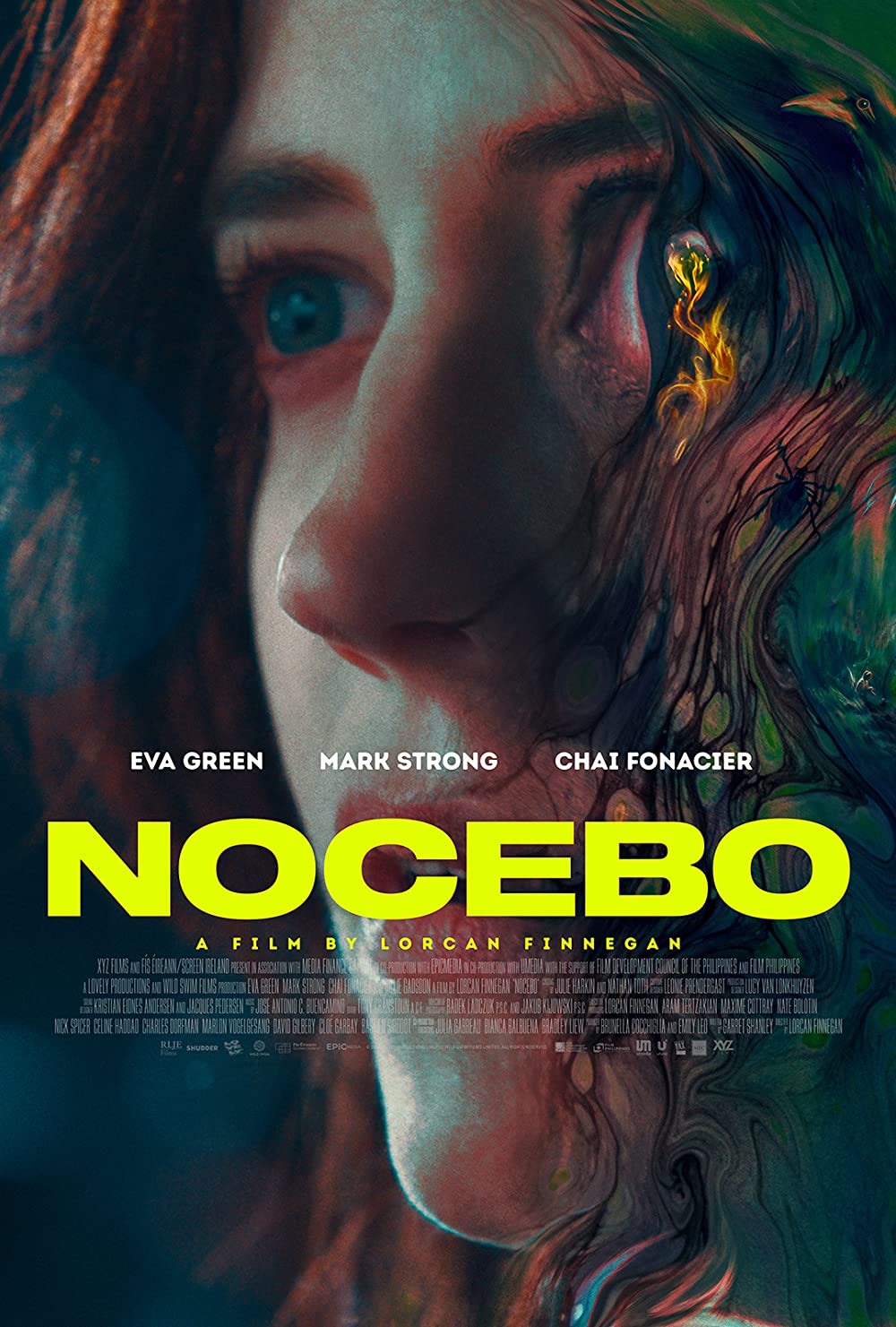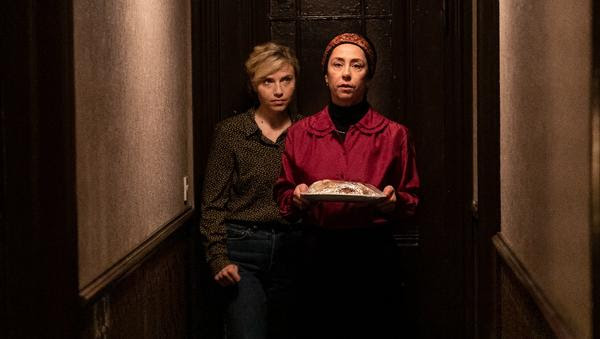Starring: Kansas Bowling, Darius Willis, Poppy Cunningham, K.J. Baker, Taylor Smith and Lew Temple
Directed by: Jay Burleson
Rated: Unrated
Running Time: 89 and 97 minutes
Dark Sky Films
Our Score: 4 out of 5 stars
Never seen or heard about “The Third Saturday in October: Part V” or the prior four films in the franchise? Don’t worry, no one has. The text crawl at the beginning of “Part V” tells us all we need to know about the franchise. It states that the first film in the series was created as a cash-in on the popularity of “Halloween” in 1978. It became a cult classic, spurring several slasher sequels over the next decade and a half, but the first film has been lost to time. Thankfully for you and I, “Part V” has been found.
Anyone who has read, heard or seen anything about this film knows that the first film is available. But for reasons I’ll explain later, you should watch “Part V” first. The killer of this non-existent, made-up franchise is Jakkariah “Jack” Harding, a scarred killer who appears every third Saturday in October to kill unsuspecting teens and other morons in the fictional town of Hackleberg. Both films basically have Jack murder his way through a group of high, drunk and horny high schoolers, and other random character clichés, gathering together to watch the iconic football game between Alabama-Mobile and the Tennessee A&M Commonwealth. In “Part V,” Jack wears a never before seen clown/child mishmash mask that isn’t scary or menacing. What this film is, is plenty of cheese dripping at the corners of your screen, a budget so low it’d make Lloyd Kaufman tear-up and comedy good enough for the “Scary Movie” franchise (at least the good movies in the franchise).
“Part V” is an homage and parody dropped into a blender with discount guts/gore, horror movie tropes and easily disposable caricatures. “Part V” was allegedly released in the early 90s and it definitely shows in the characters, using vernacular of the time with the style of goth kids from that era. The actors are clearly older than the “teens” they’re playing, adding to the overall goofiness of the film. There are several winks at movies outside the “Halloween” franchise, such as “Misery,” “Friday the 13th,” and “Texas Chainsaw Massacre.” The one thing the movie really nails is the odd thematic mix that was “Halloween 5: The Revenge of Michael Myers,” the main film being spoofed here. Without making this a laundry list of references, “Part V” is not only pure entertaining fan service, but also a retro throwback to early 90s horror which was ultimately a cash grab that failed to recognize or continue the story of the iconic slashers from the late 70s.
So what about the first film? “The Third Saturday in October” serves as the true beginning of the franchise, but watching “Part V” first gives you a sense of who the killer is while the first tells you the what and why of the killer. I won’t go too much into the first film, but it’s still a comedy-horror. Instead of relying solely on laughs, the film takes a bit of a more serious edge just like most slasher films did in their first franchise creating film. Everyone who’s watched “Nightmare on Elm Street” knows that Freddy Krueger is all menace and no jokes in the first of the franchise. The chuckles and one-liners don’t make an appearance until the third film, “Dream Warriors.” This happened a lot in franchises and 80s horror.
With his tongue firmly planted in his cheek, director Jay Burleson makes the most spot-on representation of two different time periods in horror cinema. He manages to take the best parts of those screenshots into history while ridiculing the parts that have aged about as well as 3D technology in late 80s horror films. He makes his supposedly menacing killer, who giggles behind the mask while maiming and killing, even trashier and goofier than Pinhead in 1992’s “Hellraiser III: Hell on Earth.” Burleson has done his research stylistically and writing wise, making “Part V” walk and talk like every other early 90’s horror that failed to do its horror icon justice. But since we’ve never been acquainted with Jack, we don’t necessarily feel the same way when Pinhead and Freddy focused more on one-liners than kills. With Jack and the cast of dopey teen characters, we relish the intentionally awful concept.
“Part V” is an insane amount of fun if you’ve ever grown up watching slashers or were like some 90s kid and watched one of those God awful 90s slasher films looking to capitalize on the success of its predecessors. I believe that’s the intent of Burleson, who most likely grew up as I did or knew someone who did. Growing up in the 90s, I didn’t have a lot of access to late 70s/early 80s horror content, so a lot of times with horror franchises, I would work backwards. Burleson does this with his franchise as an homage and meta commentary on the whole notion that regardless of when you start a horror franchise, if you vibe with the killer, you will ultimately like it all. It also may be a commentary on horror purists, who believe the sequels are inferior to the original, whereas someone like me watched “New Nightmare” before the original “Nightmare.” So sue me, I like “New Nightmare” better. Would that theory hold true if you watch the first “Third Saturday in October” before “Part V?” That’s another potential piece to this metaphorical puzzle. If you went to the video store back in the day and wanted a horror movie night, you were at the mercy of what’s available. So, maybe all you had upon your return home was the first “Friday the 13th” and “Jason Goes to Hell.”
I’m sure there’s some people rolling their eyes at the prospect of an intentional double feature that has to be watched out of order. That’s a fair point and one that I can’t really fault people on, especially when horror movies often tease a gimmick only to fail at making the gimmick work. Burleson not only makes the gimmick work, but I think it’s safe to say that without the internet or smartphones, he could have easily fooled people into believing this was some kind of diamond plucked from a Blockbuster dumpster. Even then, Burleson understands everything about these eras of horror, from how they were lit, how they were portrayed and the overall tone they were going for. He’s like a horror historian that decided to show his knowledge with his funny bone.
I wouldn’t be taking these two films as seriously if it wasn’t for how spot-on this film is at the decades and genres it’s lampooning. What makes this low budget, poorly acted film such a delight, is that everyone and everything is committed. The little girl who plays the trope of being too smart for her age along with the stereotypical babysitter are delightful along with their gaggle of friends that represent every high school teen stereotype. It’s also fun watching the douchebag jocks in each film get their cruel karma after they dish out some insults to the geeky kids. Because of that, we’re glad to see them meet their end at Jack’s hands. I tried as best I could to stay away from some of my favorite gags in this film (there are a lot) because each passing minute is a chance for Burleson to pay homage to one film, while ridiculing another, and then doing the complete opposite in another scene later on. If Burleson plans on doing the next logical thing, an early 2000s reboot, I’m all-in. Then of course we’ll need the 2020s approach, just make a sequel to the first and ignore all the other sequels. I wanna see what Jack does next and you should definitely see what he does in “Part V” and his origin story.


